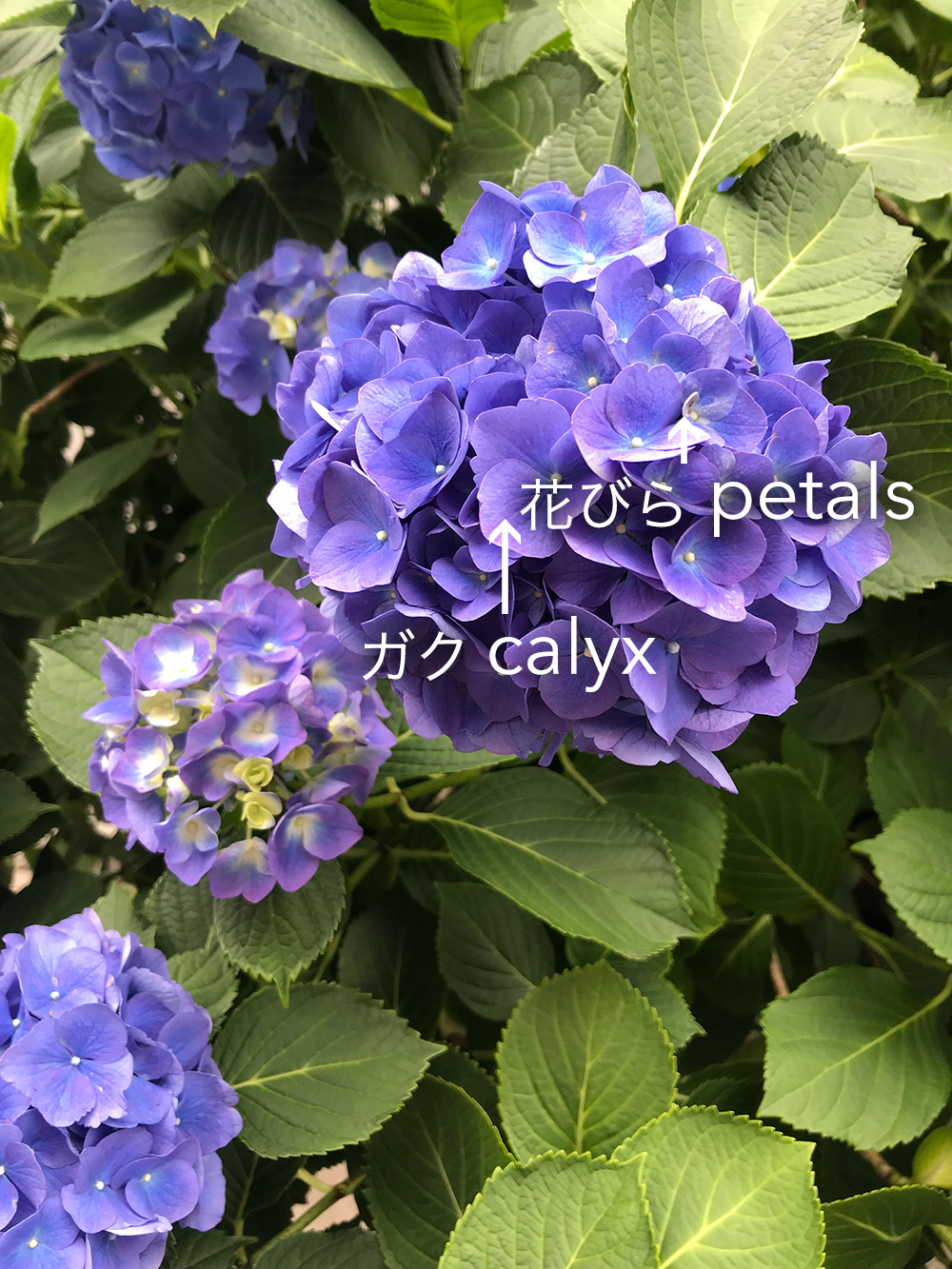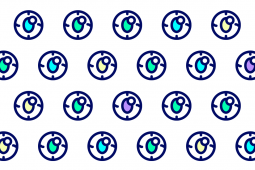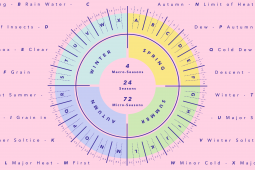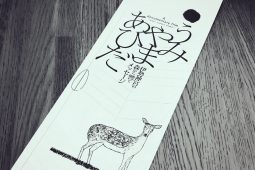Rainy days continue in Tokyo, hydrangea begins to bloom also on the roadside, makes us feel the arrival of the rainy season. *Hydrangea is a symbol of rainy season.
Hydrangea is a plant that has a very colorful hue and its luxury, but did you know that the part that looks like a petal is calyx actually? The petals are small in the center. They are called decorative flowers (maybe only in Japanese?), they have the same color as the petals. The calyxes are large and conspicuous, so they seem to be mistaken for a petal.

And Hydrangea’s flower language is here.
[Japan]
Hearthstone, Family, Friends, Peace, Harmony, Various changes, Good friends
[The West]
Cheerful, Proud, Cheating, Heartless, Betrayal
The impression by region is different. In Japan, they look a connection as a whole from the shape of the sphere, and it is a plant with an image of good friends. In the West, there are a lot of flowers and calyxes in the gradation, so it seems freakishly or cheating. Also, there is no rainy season in the west, so it seems that there is no image of special rainy plants.
…While I introduce these things, “Hey you, you don’t need erudition. How do you feel when see it? It it just okay if you feel it’s beautiful! That’s it. That’s enough” I feel like Zen mater Dogen says so.
The following teching in the book I introduced in the last blog was left in my mind, so I wonder if I am told that this is being trapped by information too much? I thought so.
Teaching No. 42
Think about “name of things”
“What is the real name of tea?, master?”
The master’s answer to this question is as follows 🙂
“There is no ‘the real name of tea’. The real name of tea, it is not really matter. More importantly more than such a thing is the fact that you coexist with the life of the universe when you drink tea and feel ‘it is good'”.
“Dogen Zen No Kotoba (Japanese Edition)Dec 1, by Katsunori Sakaino”

















Leave a Comment